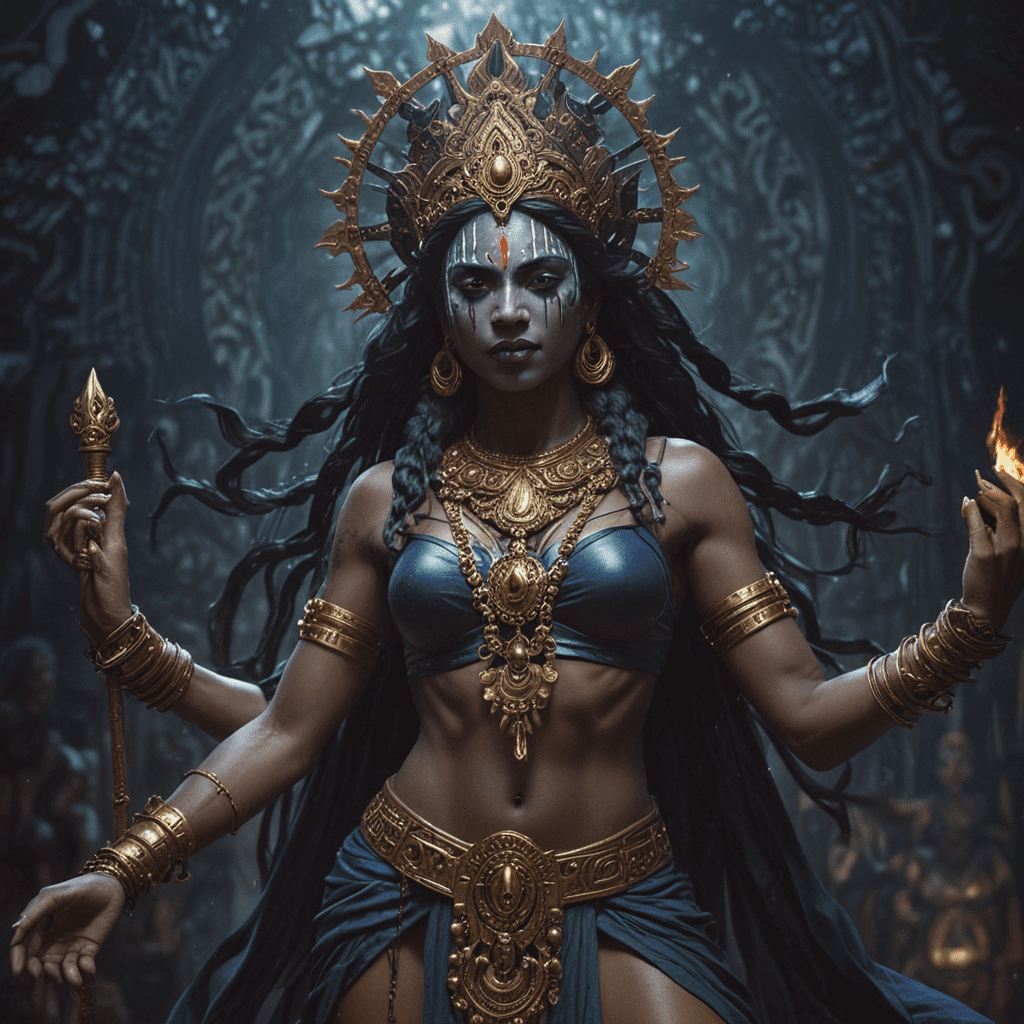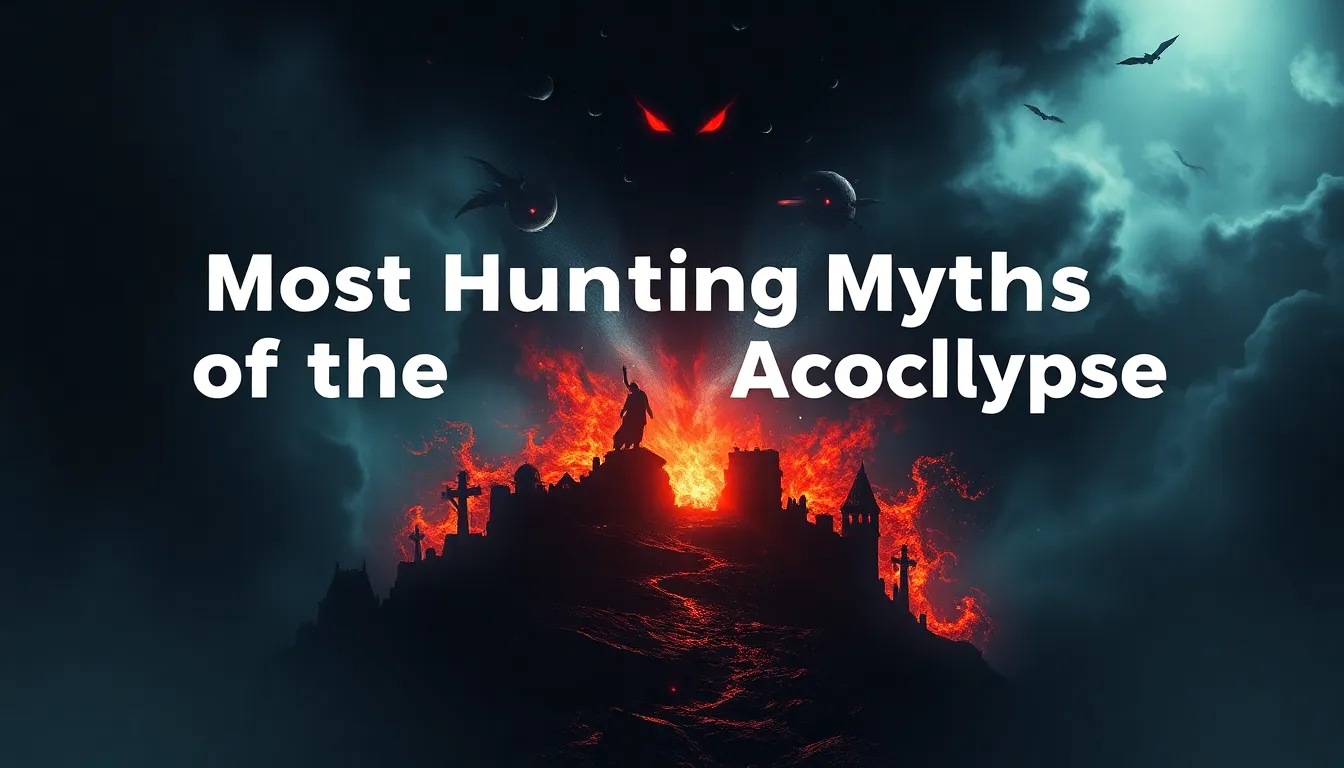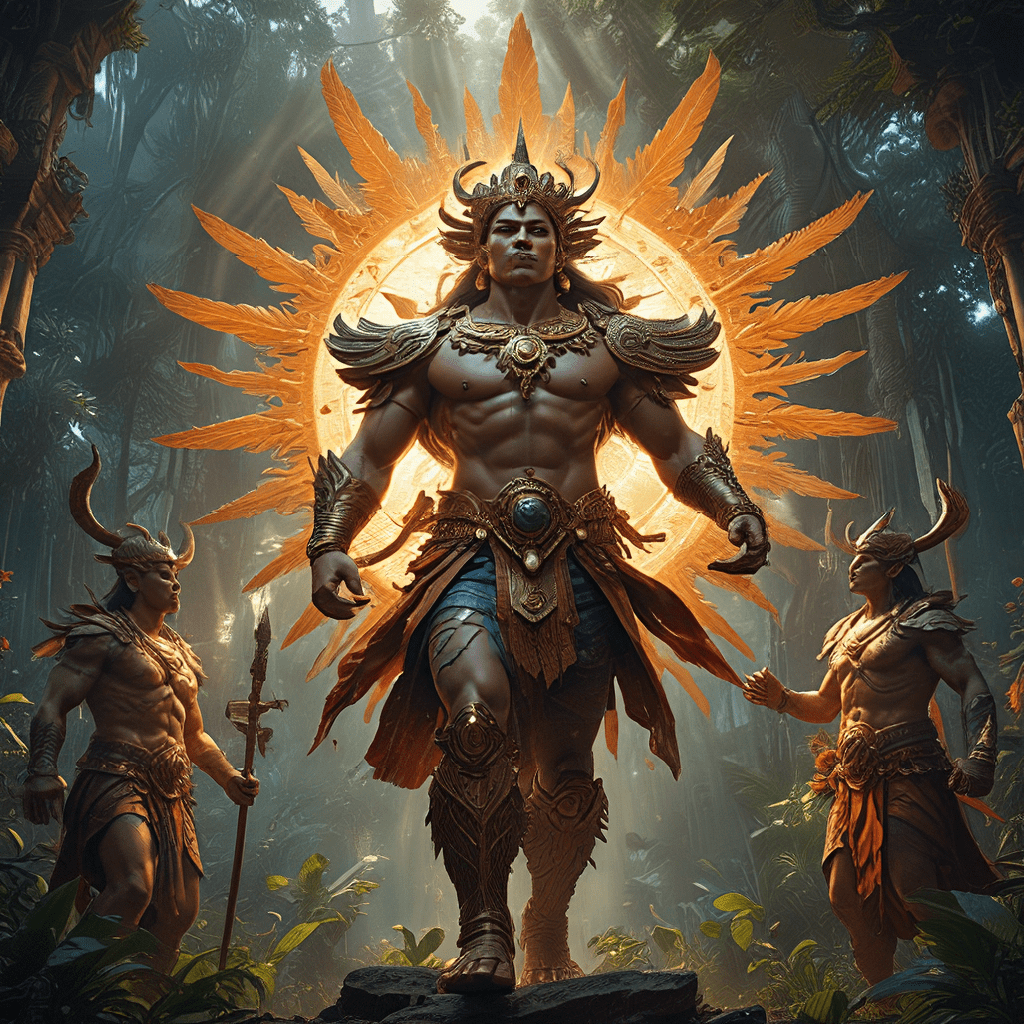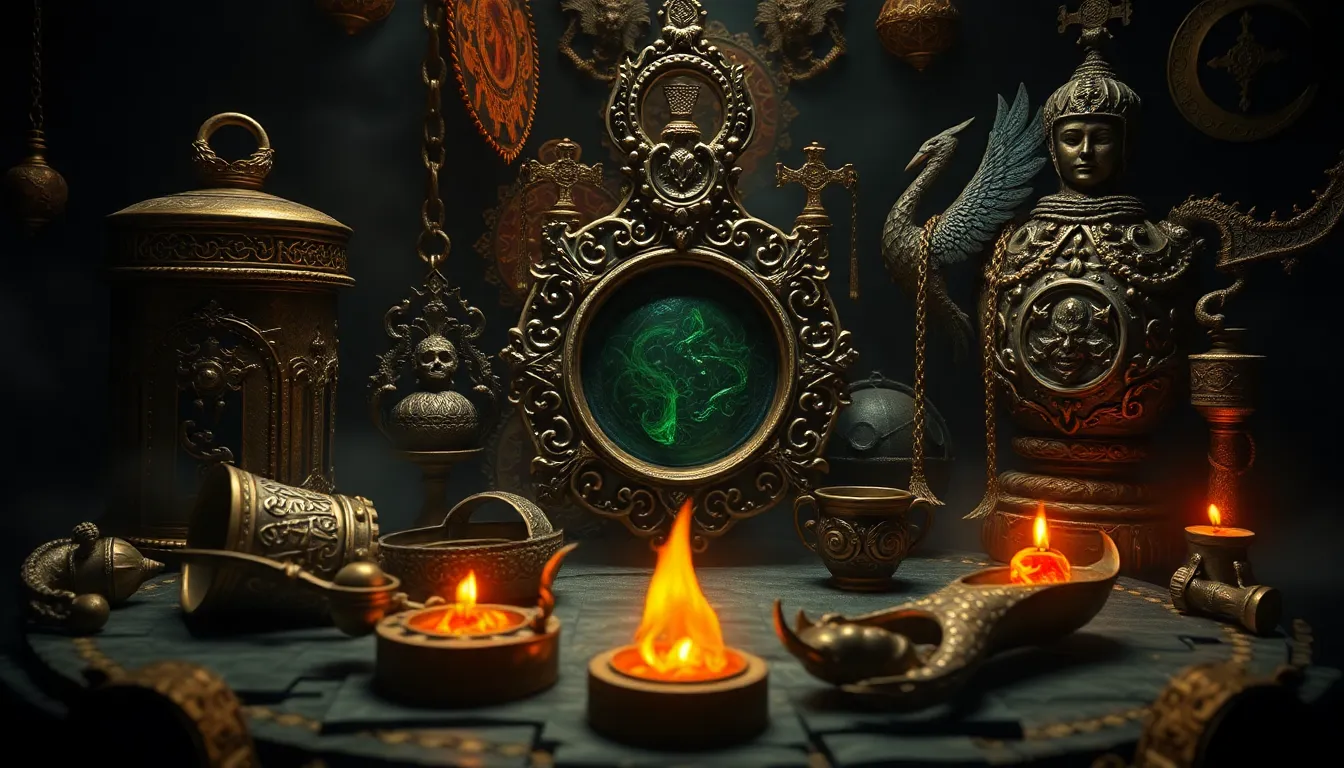Kali Ma: The Origins of a Fearsome Goddess
In the pantheon of Hindu deities, Kali Ma, the Dark Mother Goddess, holds a place of both awe and reverence. Her origins can be traced back to the ancient Vedic period, where she emerged as a fierce and powerful aspect of the goddess Durga. Depicted as a dark-skinned woman with a protruding tongue and a garland of skulls, Kali Ma embodies the destructive and transformative forces of the universe.
Mythology and Manifestations of Kali
According to Hindu mythology, Kali was born from the brow of the goddess Durga during a battle against the demon Raktabija. As Raktabija's blood touched the ground, it gave rise to countless other demons, making him virtually invincible. Kali Ma emerged with her insatiable thirst for blood, consuming Raktabija's blood and decapitating him, effectively ending his reign of terror.
Kali's manifestations vary across different texts. In some versions, she is portrayed as a benevolent mother goddess, while in others, she is a fearsome destroyer. Her most iconic form is that of Chamunda, the most terrifying and powerful aspect of Kali, who is often depicted with a string of severed heads and a flowing mane of black hair.
Symbolism and Iconography of Kali Ma
Kali Ma's iconography is replete with symbolism. Her dark complexion represents the primal darkness that precedes creation. Her protruding tongue symbolizes her consuming power and her insatiable thirst for destruction. The garland of skulls she wears represents the cycle of death and rebirth, while her four arms represent her ability to wield both creation and destruction. She is often depicted standing on the prostrate body of Shiva, her consort, symbolizing her triumph over duality and her ultimate power.
The Matriarchal Power of Kali
In some traditions, Kali Ma is revered as a symbol of matriarchal power. Her fierce and independent nature represents the strength and autonomy of women. She is seen as a protector of women and children, and her worship is often associated with rituals honoring female fertility and empowerment.
Kali as a Goddess of Destruction and Renewal
Kali Ma's primary role is as a goddess of destruction and renewal. She destroys the old and makes way for the new. Her destructive power is often seen as a necessary force for transformation and rebirth. Through her destruction, she clears the path for creation, allowing the cycle of life to continue.
Worship and Rituals Associated with Kali Ma
Kali Ma is a widely worshipped goddess in Hinduism. Her devotees offer her prayers, sacrifices, and rituals to invoke her protection and blessings. One of the most common rituals associated with Kali Ma is the "Kali Puja," which is celebrated annually during the festival of Diwali. During this ritual, devotees offer food, flowers, and other offerings to Kali Ma and perform special prayers and mantras.
Kali’s Role in Hindu Beliefs and Practices
Kali Ma holds a significant place in Hindu beliefs and practices. She represents the destructive and transformative forces that are an integral part of the cycle of life and death. Her worship is associated with both fear and reverence, as she is seen as both a protector and a destroyer. Kali Ma is often invoked during times of crisis or transition, when devotees seek her guidance and protection.
The Dark Side of Kali: Confronting Inner Demons
Kali Ma's destructive power is often associated with the destructive tendencies within the human psyche. She represents the shadow self, the part of ourselves that contains negative emotions, impulses, and fears. By confronting and acknowledging the dark side of Kali, we can gain insight into our own inner workings and work towards personal transformation.
Kali Ma in Modern Culture and Interpretation
Kali Ma has gained increasing popularity in modern culture, particularly in the West. She has been featured in art, literature, and film, where she is often portrayed as a symbol of female power, liberation, and the acceptance of darkness. Kali Ma's modern interpretations reflect the changing attitudes towards spirituality and the expanding understanding of the divine feminine.
The Legacy and Significance of the Myth of Kali Ma
The myth of Kali Ma continues to resonate with people around the world. Her story embodies the universal themes of destruction, creation, and renewal. Kali Ma represents the power of the feminine, the transformative nature of life, and the importance of embracing both light and darkness. Her legacy as a fearsome yet compassionate goddess ensures her continued relevance in contemporary spirituality.
FAQ
- Who is Kali Ma?
Kali Ma is the Hindu Dark Mother Goddess, representing the destructive and transformative forces of the universe.
- What is Kali Ma's origin?
Kali Ma emerged from the brow of the goddess Durga during a battle against the demon Raktabija.
- What does Kali Ma symbolize?
Kali Ma symbolizes the dark feminine, the cycle of life and death, and the transformative power of destruction.
- How is Kali Ma worshipped?
Kali Ma is worshipped through rituals, prayers, and offerings, particularly during the annual "Kali Puja" festival.
- What is the significance of Kali Ma in modern culture?
Kali Ma has gained popularity in modern culture as a symbol of female empowerment, liberation, and the acceptance of darkness.



